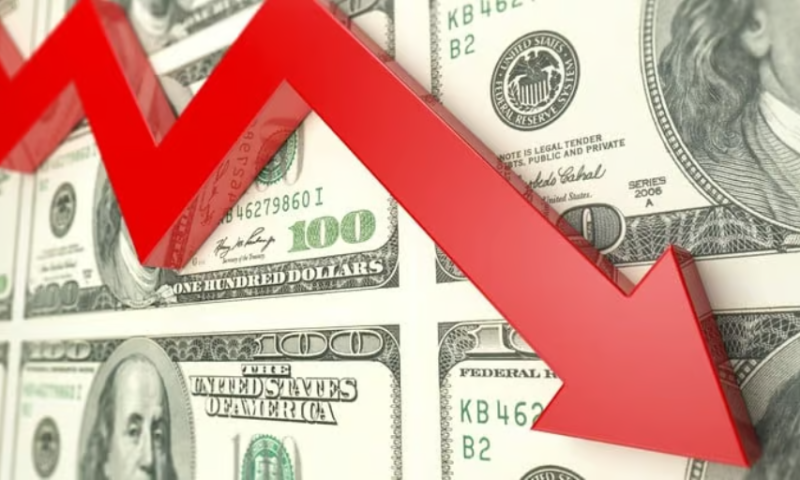After its allotted six months to regain compliance with the Nasdaq’s listing rules passed by without success, PAVmed has bought a bit of extra time to return to the stock exchange’s good graces.
The medtech conglomerate reported Wednesday afternoon that it secured a 180-day extension to claw back above the Nasdaq’s minimum bid price requirement. The exchange first notified PAVmed that it was at risk of being delisted in the final days of 2022 and gave it six months to regain compliance; now, the company has until Dec. 26 to do so.
The delisting danger stems from the Nasdaq’s rule prohibiting shares traded on the exchange from dropping below $1 apiece for a consecutive 30 business days. PAVmed’s stock plunged below that threshold in mid-November and hasn’t recovered since, staying well below even the 60-cent mark since mid-January.
In fact, the shares dropped to their lowest price in the last year on Wednesday—briefly hitting $0.33—which was, ironically, the day after PAVmed’s original deadline to get back above the Nasdaq’s minimum.
To regain compliance, PAVmed’s shares will need to rise above $1 and stay there for at least 10 business days in a row at some point throughout the six-month extension period. If they can’t, the company could be removed from trading on the Nasdaq—a fate that recently befell fellow devicemakers Titan Medical and Surgalign.
PAVmed has been in this situation before: In October 2019, it received another of the Nasdaq’s notices threatening delisting. That case, however, was resolved much more quickly than this one, as the company’s shares had successfully risen back above the $1 cutoff by early January 2020, well before its April deadline.
In the years between the two delisting dilemmas, PAVmed saw its stock soar. It spent all of 2021 well above the $1 threshold, reaching a peak of about $9.20 that September, before it came crashing back down to spend almost all of 2022 hovering between $1 and $2.
The stock market struggle reflects PAVmed’s ongoing financial issues. In 2021, the first year that the company began generating revenues, it reported a net loss of just over $56 million on $500,000 in revenues. The gap further widened last year, when PAVmed reported a net loss of $103.2 million and only $377,000 in revenues.
At the start of this year, in an attempt to stanch those losses, PAVmed laid out a plan to cut costs by laying off about 20% of its workforce, spanning PAVmed and its two majority-owned subsidiaries, Veris Health and the publicly traded Lucid Diagnostics. The job cuts, along with efforts to streamline its product portfolio and other unspecified cost-cutting moves, were expected to reduce PAVmed’s quarterly cash burn by “at least 25%,” the company said at the time.
In a March call with investors to discuss PAVmed’s 2022 results, CEO Lishan Aklog, M.D., reported that the restructuring plan had been completed, resulting in an extended cash runway and a stronger balance sheet for the company.
Most recently, in its first-quarter earnings report last month, PAVmed calculated cash on hand of $49.3 million, up from just under $40 million at the end of December, and also saw its quarterly revenues more than double year over year, reaching $446,000 for the quarter compared to $189,000 for the same period in 2022. However, the company’s net loss stretched even further: It grew 13% year over year, from $19.6 million to $22.2 million.

